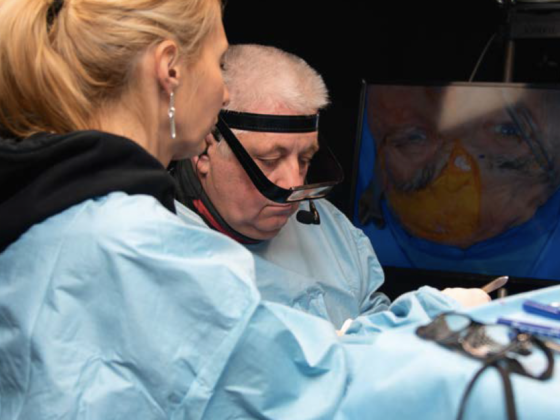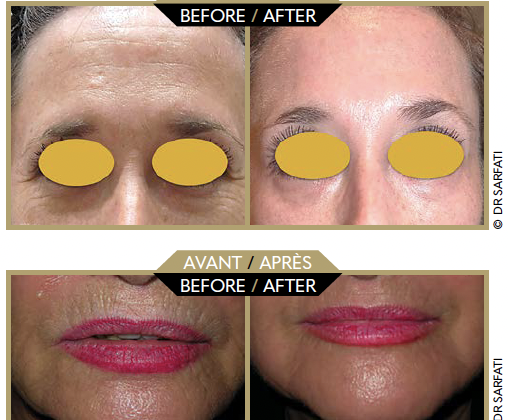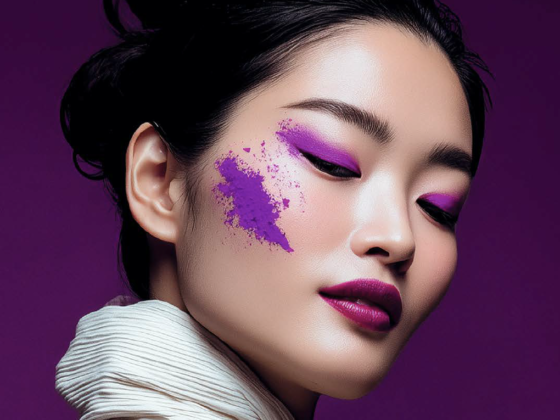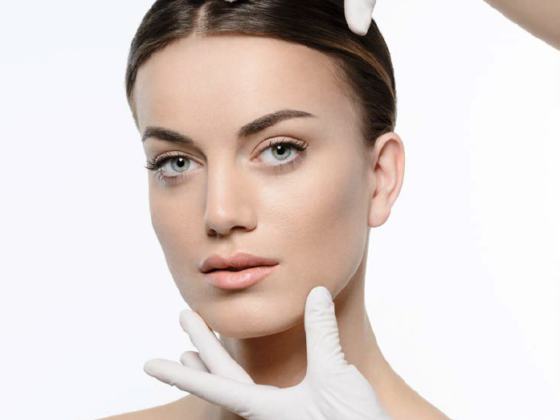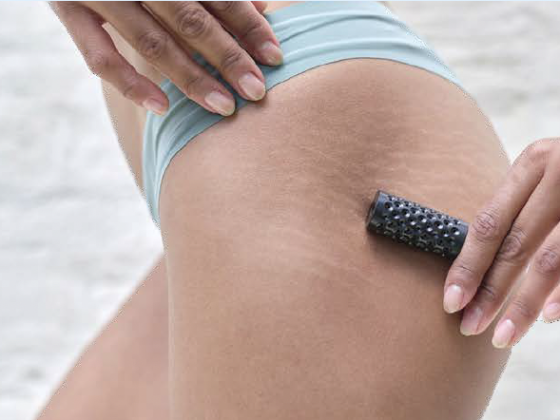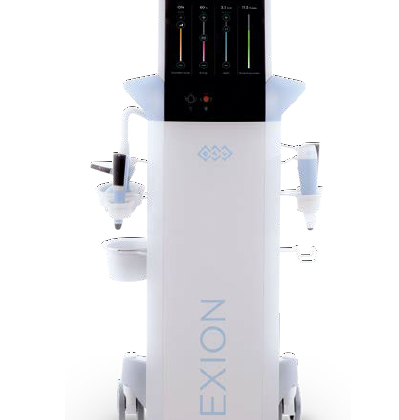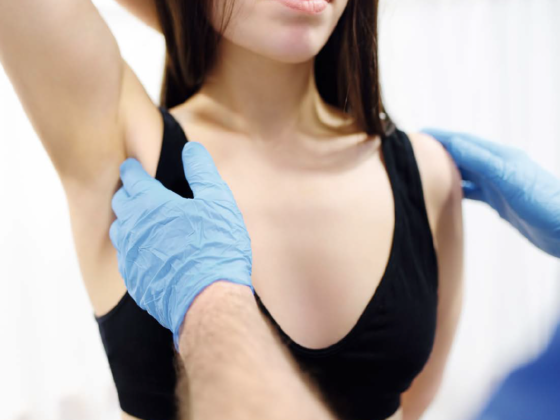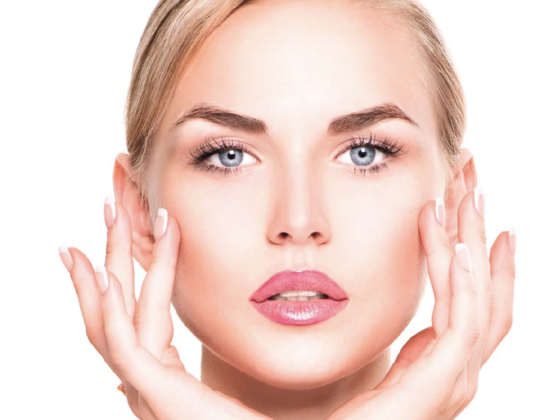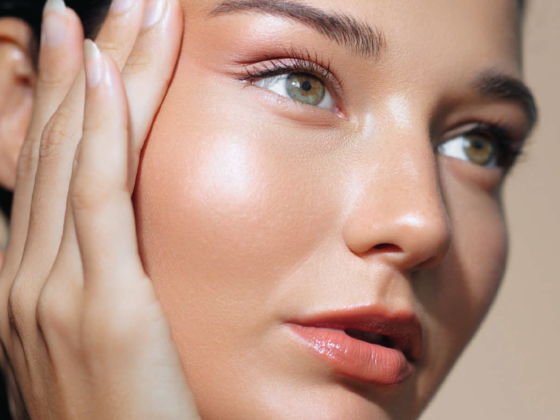I remember being a calm yet creative child who liked drawing, and that’s why I originally wanted to be an architect. But medicine soon piqued my interest…
… Thanks to my uncle, an eccentric inventor-type who would bring us back medical tools from the military. I had a pleasant yet strict childhood. My mum had a PhD in history and my father was a dermatologist, a founding member of the IDS and a pillar of the SFME under Jean-Jacques Legrand’s chairmanship. My childhood was fairly uneventful; I had no real issues with my parents, but I did fail my baccalaureate, which turned out to be my saving grace, despite denting my pride!
Things vastly improved for me once I started working, because it’s impossible to be a doctor if you don’t work hard (you also need a good memory). After a couple of false starts in psychiatry and gynaecology, I did an internship in dermatology, not daring to mention that my father was a dermatologist in Arras. My internship took me to Brittany and I found myself in Brest, in a small university hospital with a close network of interns, where I learnt how to be operational very quickly, with responsibilities that interns are not given nowadays. I then did my military service in Cherbourg, where I was made head of department…without a department, but with the job of recreating a consultation service after just four weeks practising dermatology! I then discovered tropical medicine in French Guiana, which was utterly fascinating, both from a medical perspective as from a human one. This helped add to my knowledge about black skin. I returned to Brest to become a clinic head, then moved back home with my children to Arras, my home town. People often say to me, “You can travel the world, but you always find your way back home!”

A career that got off to a good start
My father gave me the keys to his practice and said, “Over to you!” with one sound piece of advice: if you want to learn, you have to travel, so keep moving otherwise you’re stuffed! But I wanted to keep one foot in the hospital so I could diversify my medical practice. After 10 years practising on my own, I decided to create a medical establishment with two gynae-endocrinologists. But not all partnerships work out, so now I’m putting together a team of young dermatologists to whom I am passing on my expertise while learning a lot from them in return.
Professional growth
My interest in lasers for dermatology led me to become chairman of a laser group, which has now become the SFLD. I found that I enjoyed organising programmes, and have now become vice-chairman of the SFME and scientific director of the IMCAS with Sébastien Garson. With the IMCAS, the SFME, and my medical centre having become a hive of busy projects, I sometimes feel like I am leading several lives, but I really enjoy both aspects: meeting people from all over the globe and carrying out my everyday dermatology appointments in Arras. I am so lucky, and couldn’t do any of this without a solid team behind me, both at the IMCAS and in my medical centre. But my compass is, of course, my wife, Marie-Laure Fréchet, a journalist and culinary author who is my pride and joy, as are my three children.
Building up my community
My provincial life and my family are important to me and I try to pass on my knowledge, share and create with everyone around me. You need to give in order to receive and, as I approach 60, I feel it is my duty to pass things on. Medicine is a lovely community, it is an honour to be a doctor and my patients tell me, “We like you because you seem to really care about what you’re doing.” That is enough for me. I try to stay grounded and keep my ego in check, because organising conferences like the IMCAS and being a big name in those circles can inflate your ego. The Hippocratic oath and ethics are important; you need to do things that you feel comfortable doing and respect others, in particular your patients.
Technology has made huge progress
Without a doubt, lasers have changed my professional life. Today, we combine lasers and other technologies with toxin injections, fillers and even peels, not forgetting drug-cosmetic delivery. With all these techniques, we can improve, repair, beautify and, above all, preserve the skin. Dermatoscopy has been improved using AI, and medical imagery with ultrasounds has burst onto the dermatology and aesthetics scene. We now have probes that can analyse the skin from the surface, repair cysts, assess the volume of tumours and see the whole vascular cartography in depth to prevent any complications after filler products have been injected. But what is currently changing is how we can confirm skin cancer and screen skin aging; in a way we are assessing the skin in vivo. I am proud to have an Lc-OCT, developed by French start-up Damae, the only company in the world to offer this technology, which brings us into a new era of dermatology.
The future of aesthetic dermatology
The bad thing about the modern aesthetic is its uniformity: big lips, large cheekbones, etc. But the surge in regenerative medicine, and the arrival of exosomes and new toxins herald a future battle between “natural and unnatural fillers”, as the laboratories have understood that regenerative medicine could also become a real challenge. We carry out a lot of clinical studies in our medical centre. The new generation of products that are better integrated and mimic the skin have a bright future. What would we do without hyaluronic acid or toxin? Do we want to stimulate, rejuvenate or transform? It is no longer just about aesthetics; it is also about prevention.
My hobbies
I’d love to start playing golf again, but I just don’t have time. That said, I’ve found my work/life balance, and I only live 300m from my surgery, so that’s a luxury! I just want to keep transmitting my passion for dermatology.
IMCAS
I had no idea it would get so big. We now have more than 18,000 delegates and over 1,000 speakers! Paris kicks off the year of medical conferences. We have an eclectic programme so it’s not purely about aesthetics. Check it out! For me, a session is one third science, one third practical and one third surprise! This alchemy works while giving us a lot of freedom of expression and allowing us to invite whoever we want. There are no limits! It’s thrilling, we have the keys to a jet aircraft with five forthcoming destinations – India, Thailand, Brazil, China and France – and we are constantly forging partnerships with academic societies from all over the world. That gives us superb worldwide visibility! I would like to thank Benjamin and Sonia, who played a decisive role in this part of my career, which I already found extremely rich, and also the whole team that Sébastien and I are part of at the IMCAS. With around forty young, multilingual doctors and one CEO, Séverine Dubarry-Bardon, we try to host high-quality events. But without our ambassadors, our doctor colleagues from all over the world and the support of the laboratories, we wouldn’t be able to do any of it. So we decided to create an IMCAS foundation too. This is our new challenge, because after 25 years of IMCAS, we need to fund science and research in our field. It is an asset for all of the doctors and laboratories concerned, to help them out financially and carry out high-quality projects.
Where to find him: 8 Sq. Saint-Jean, 62000 Arras
More informations: dermatologie-arras.com






